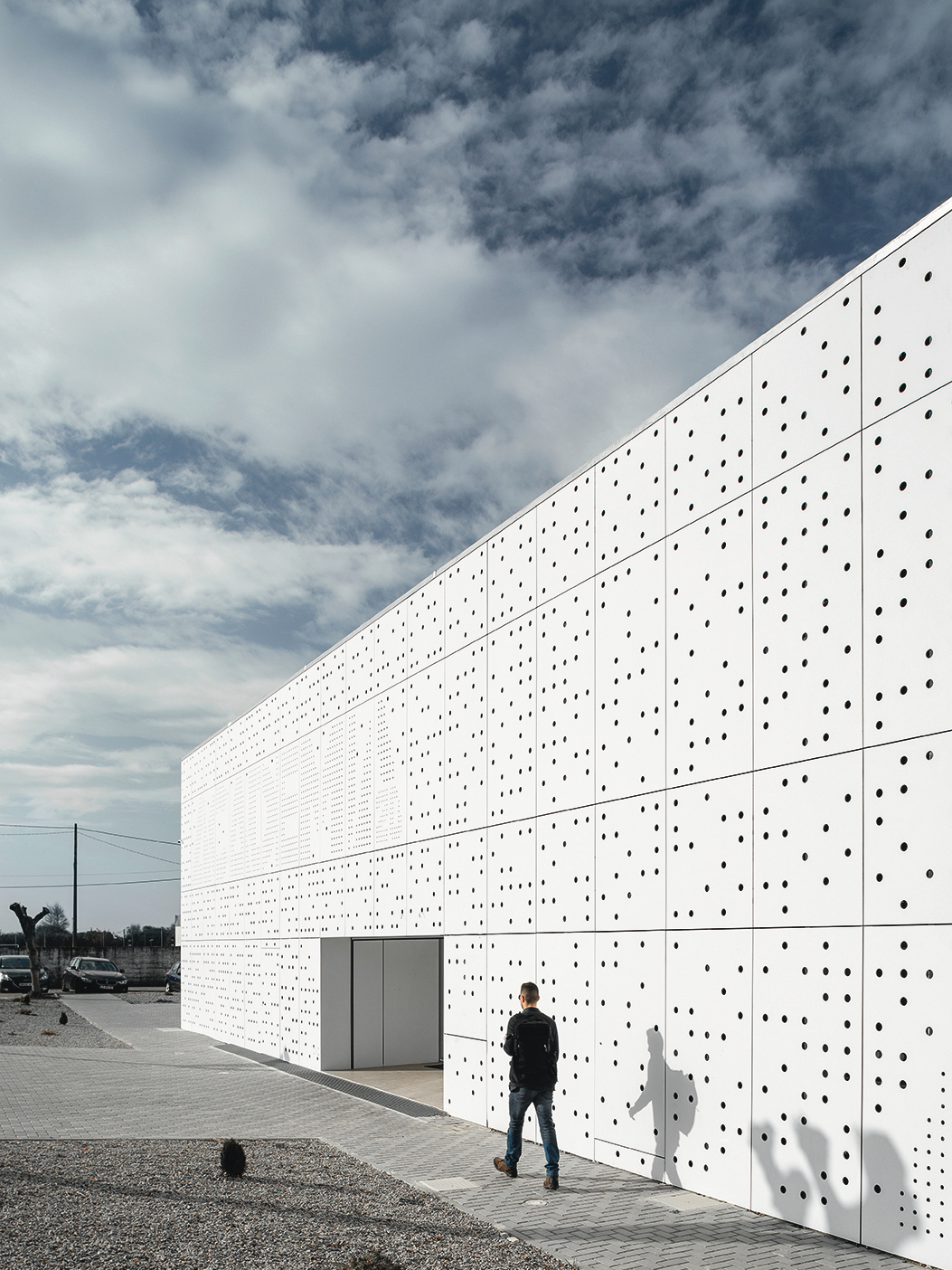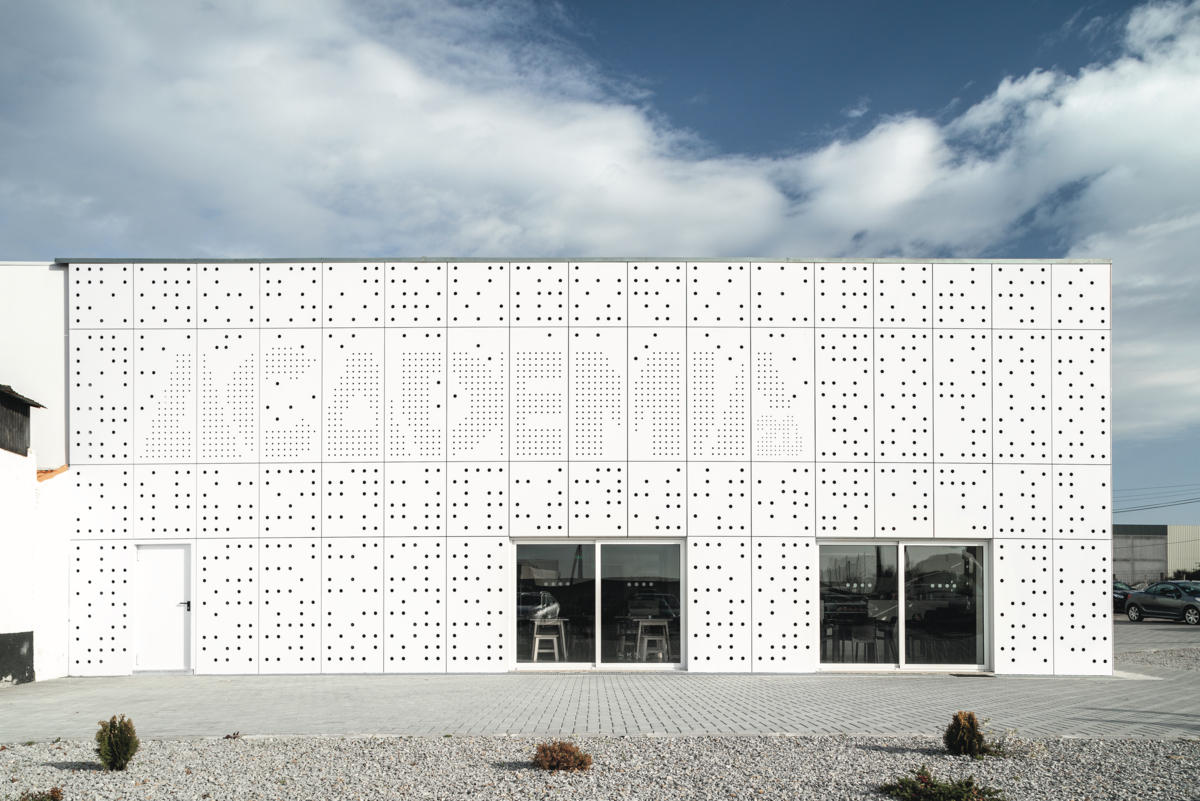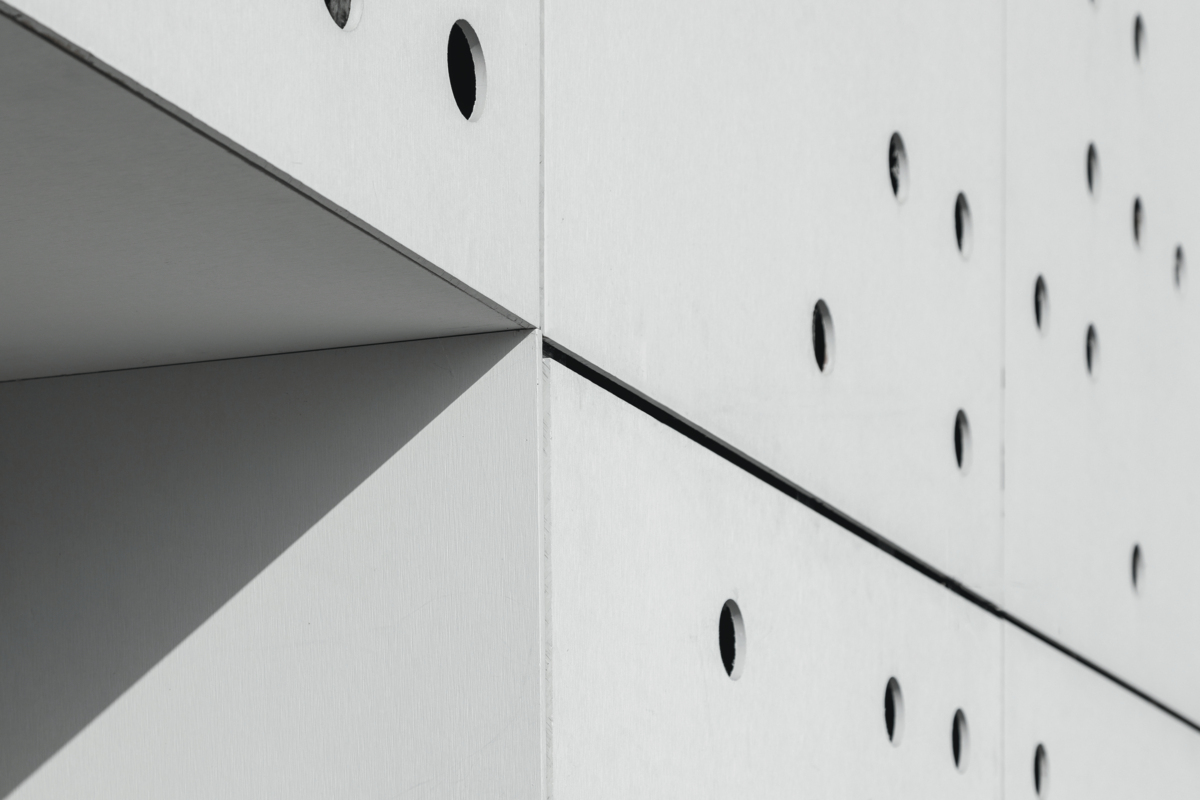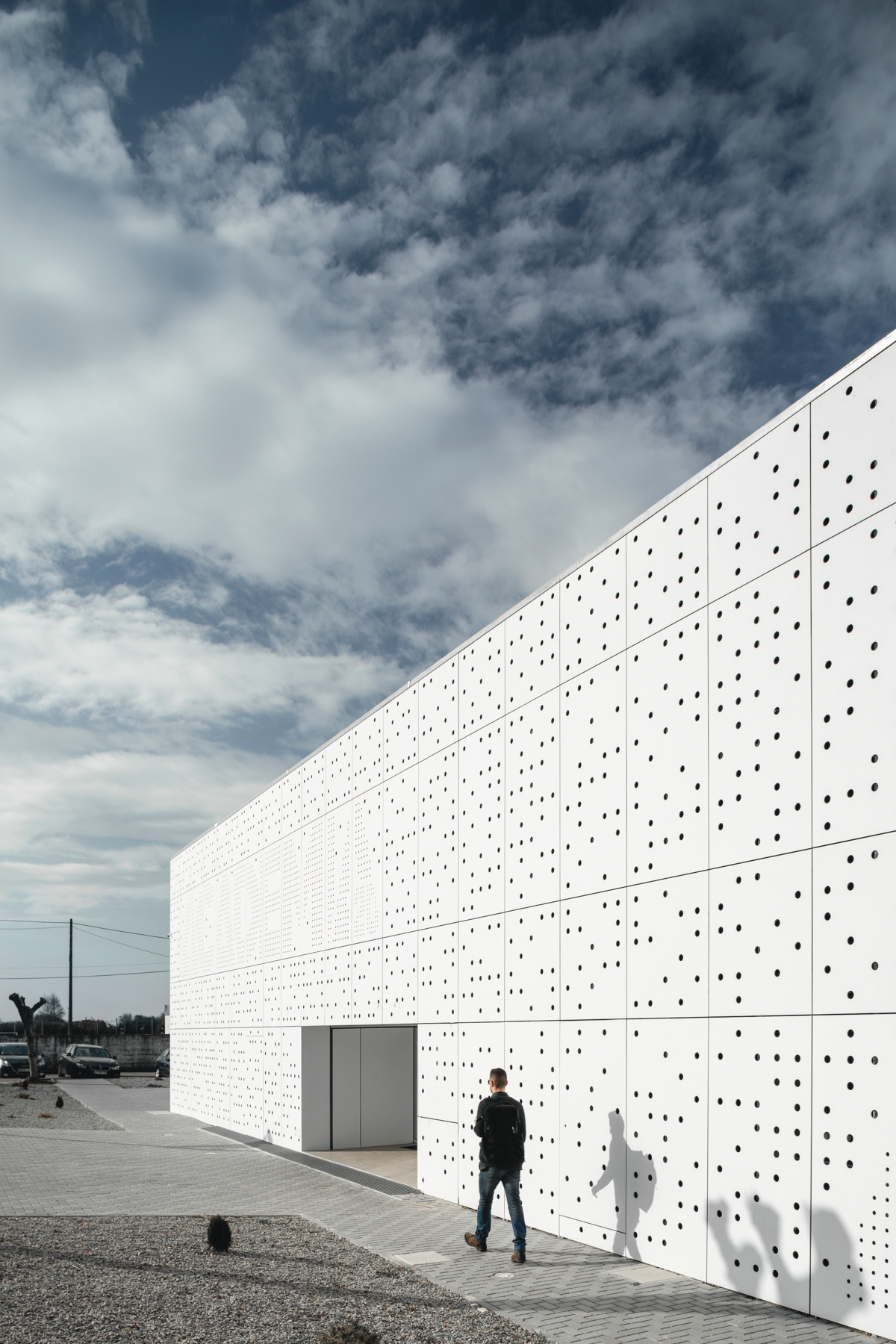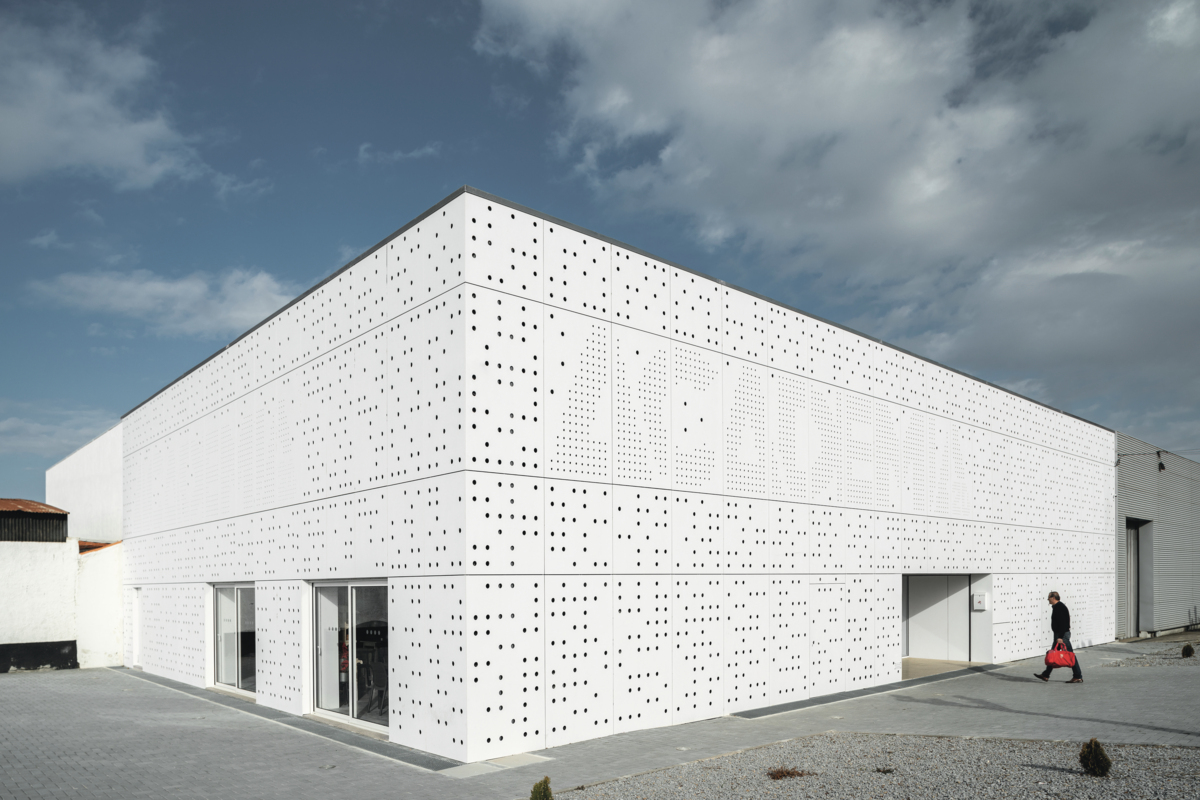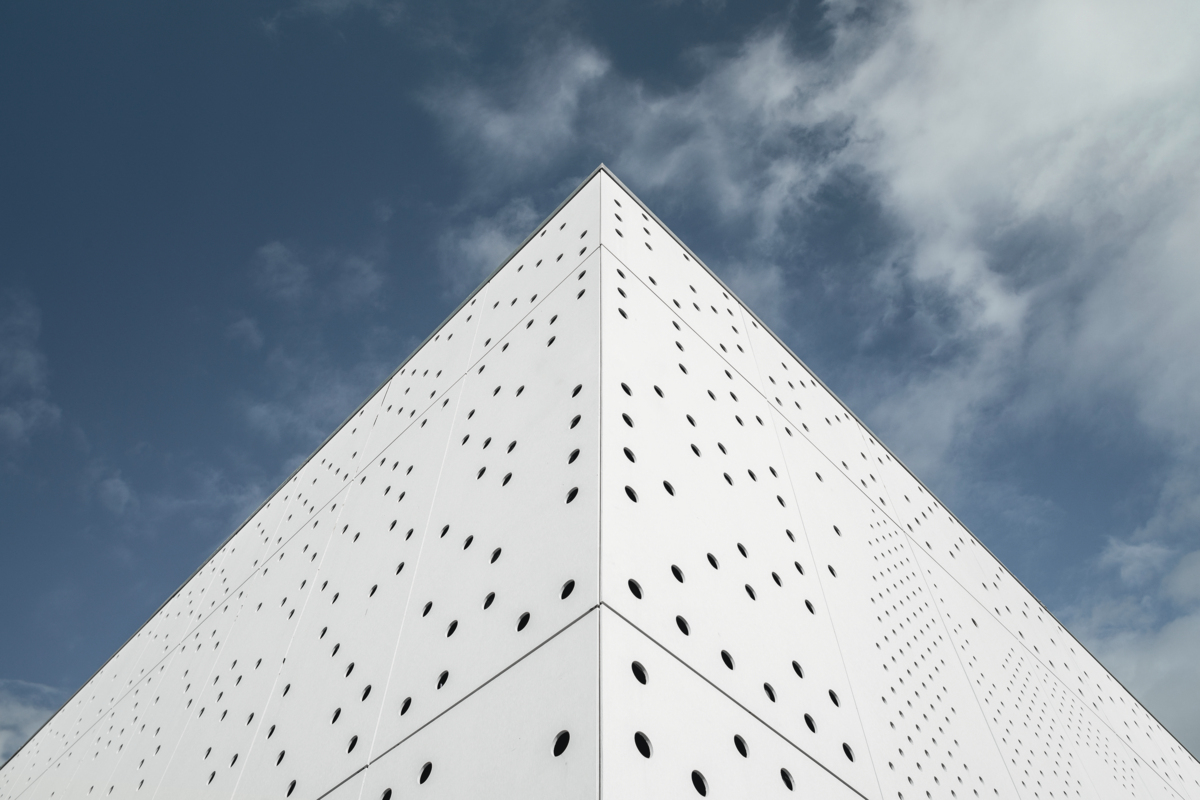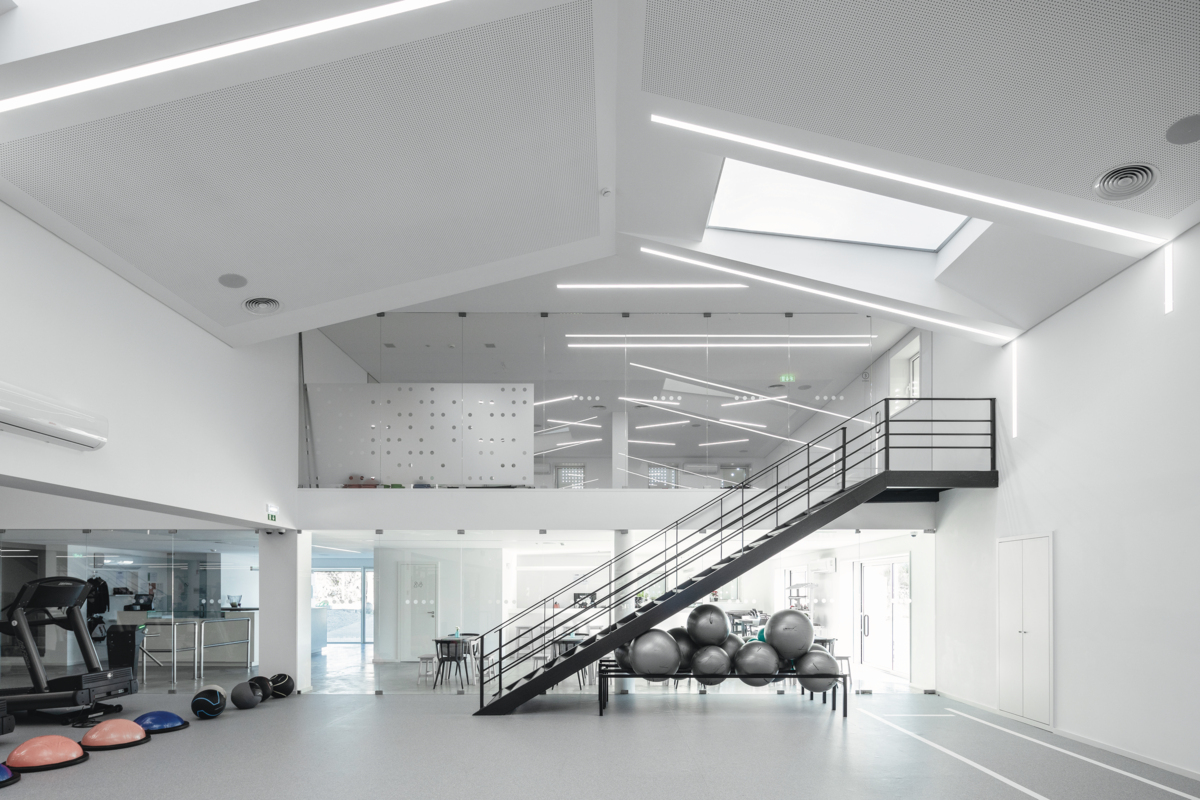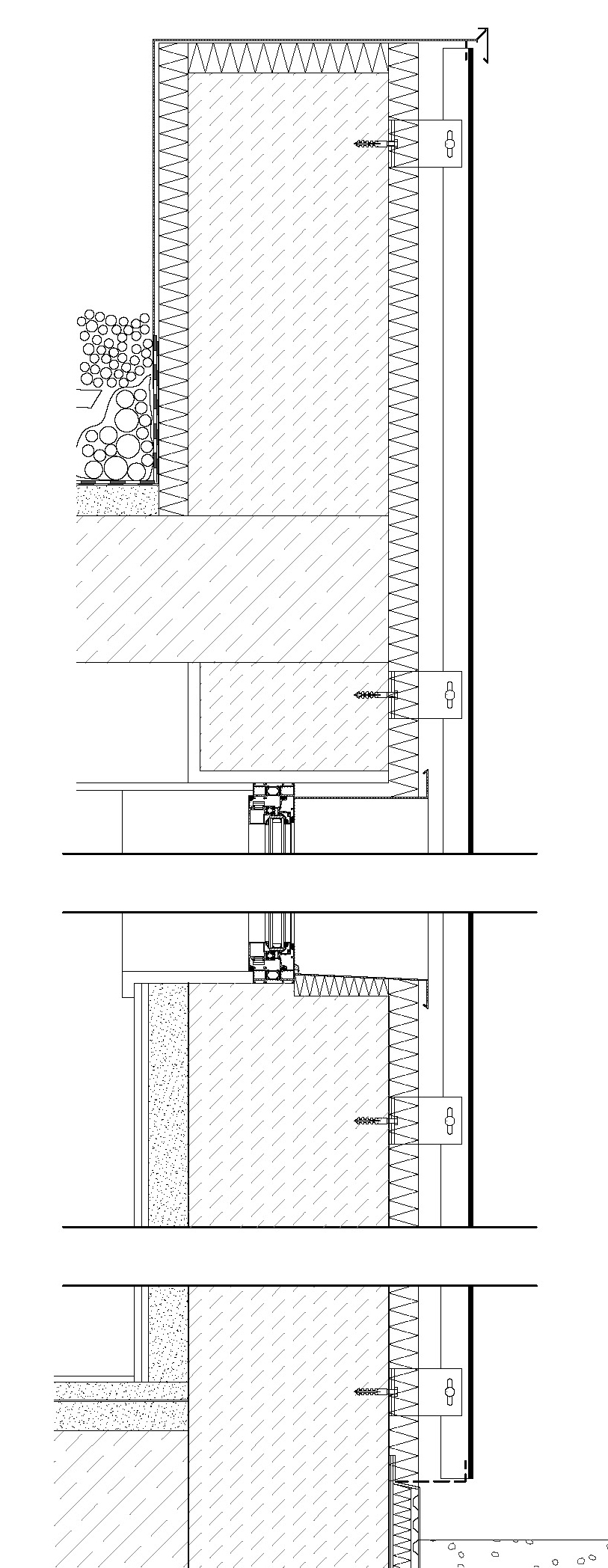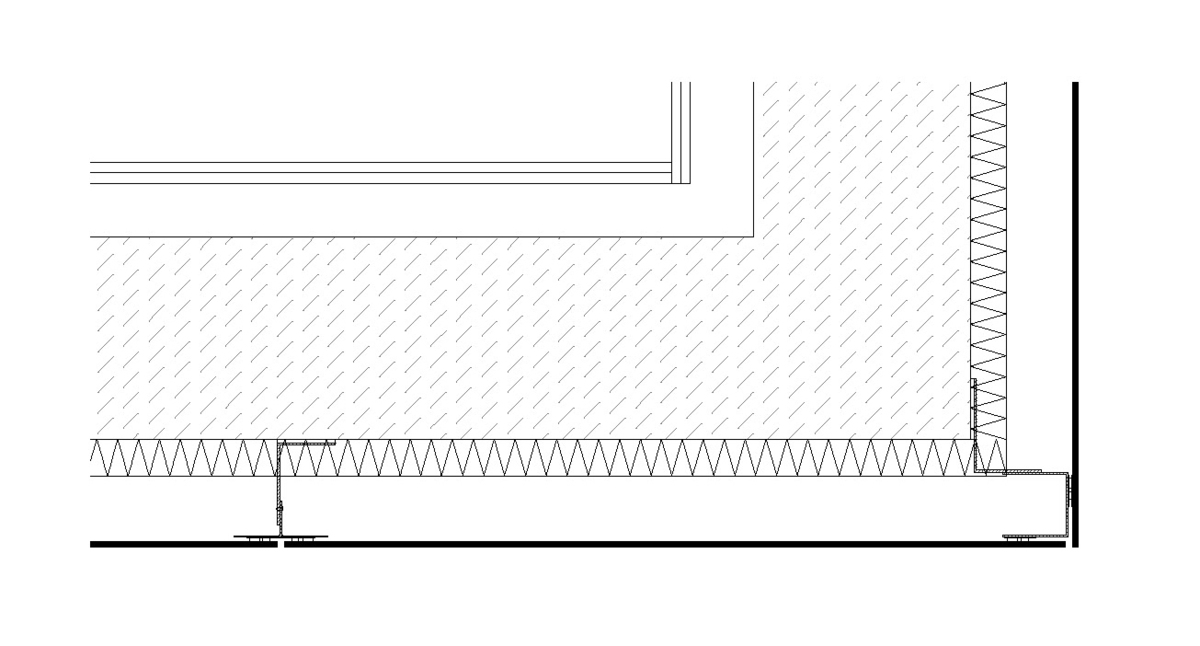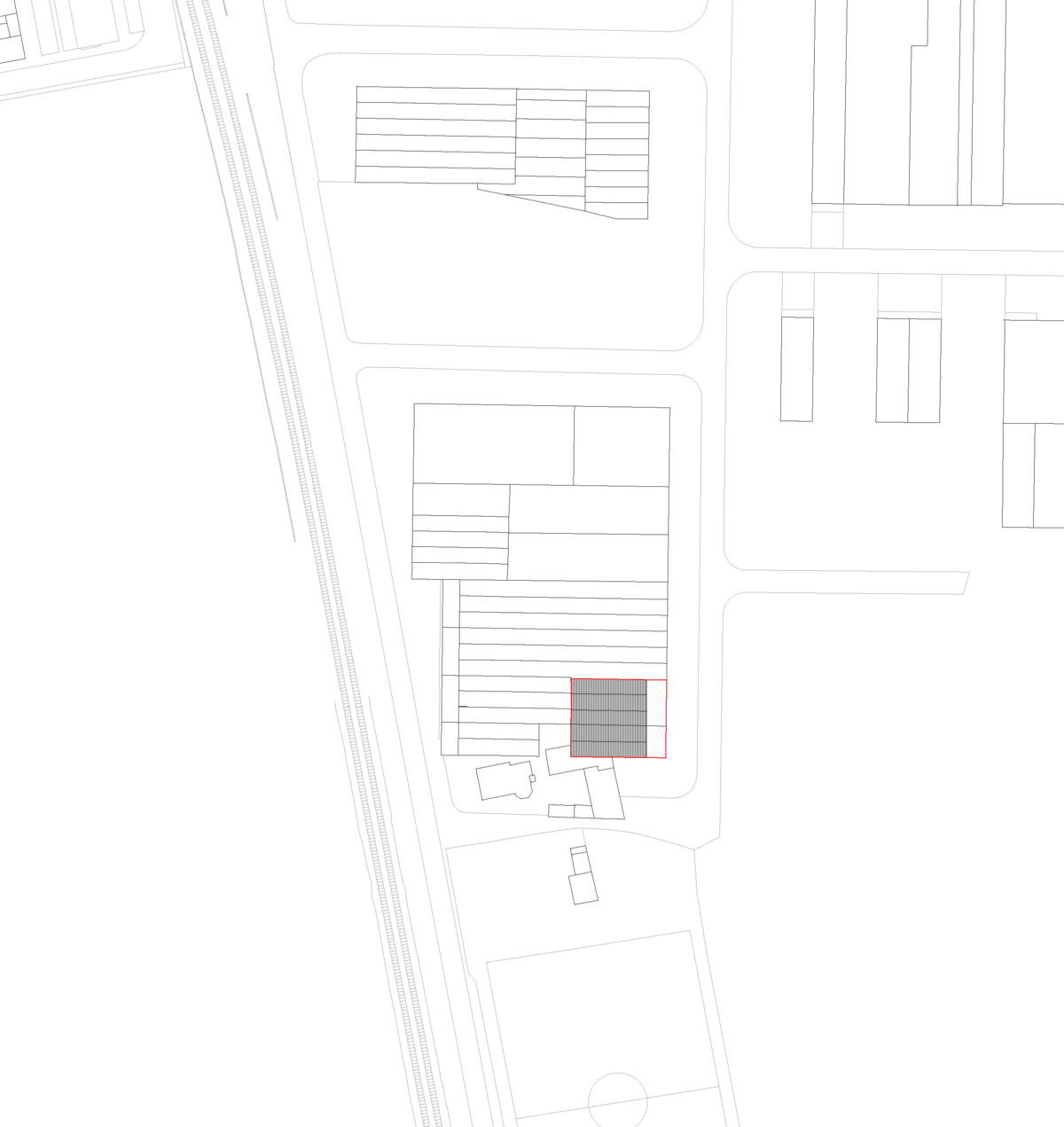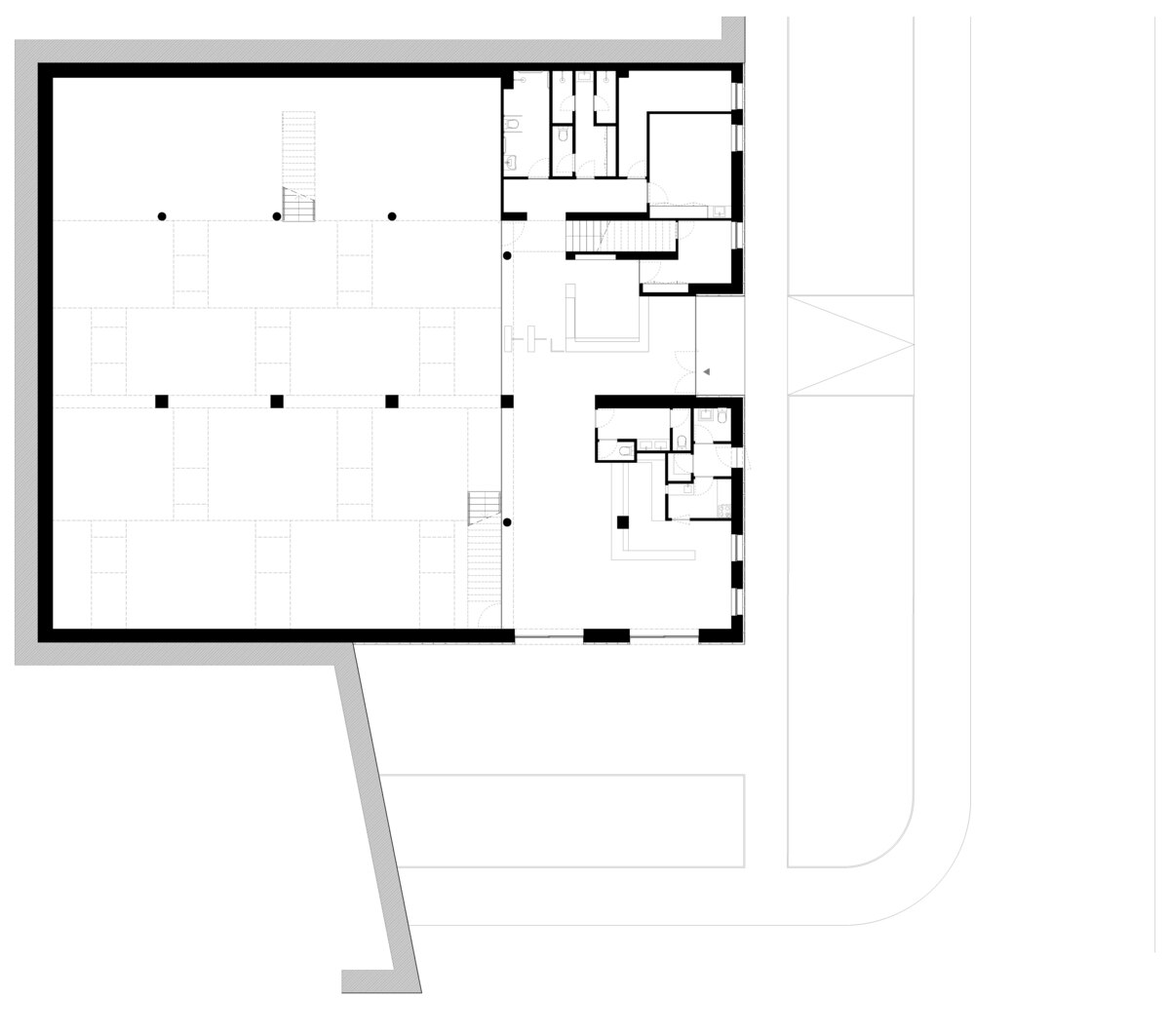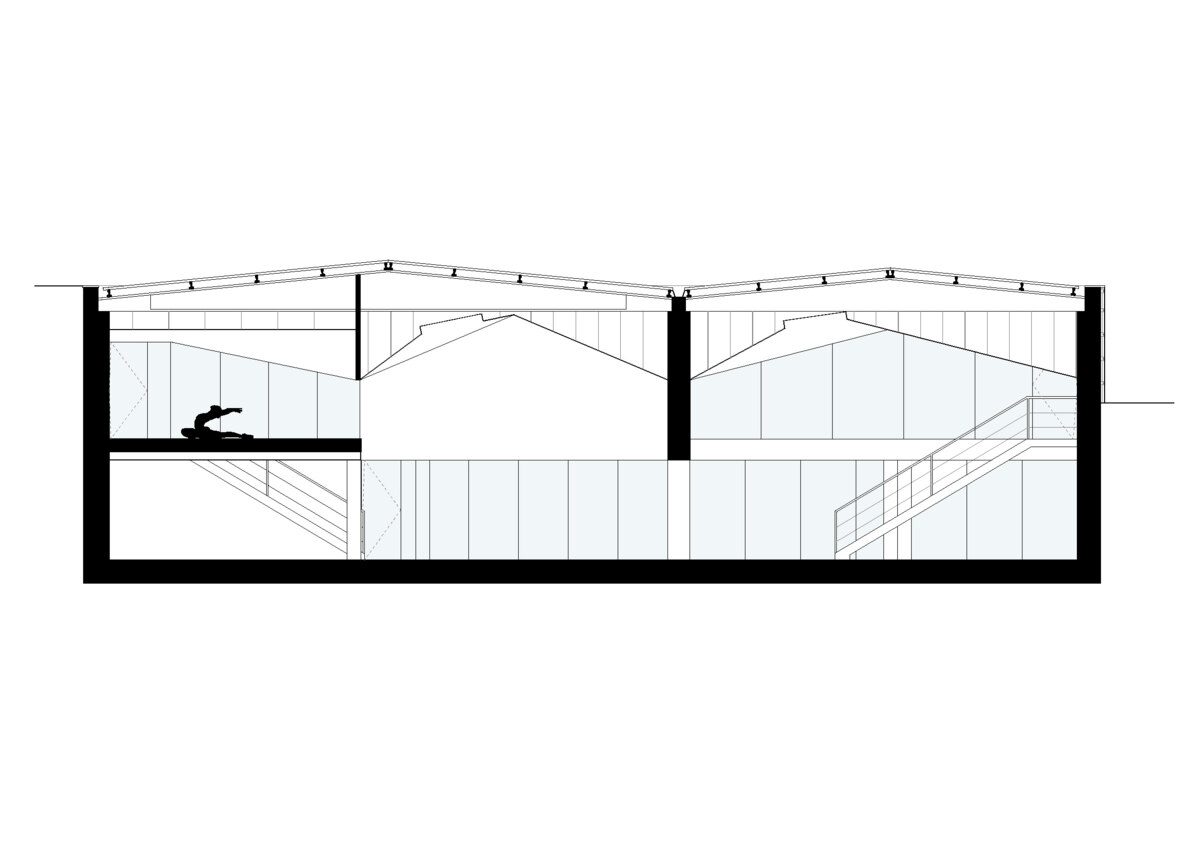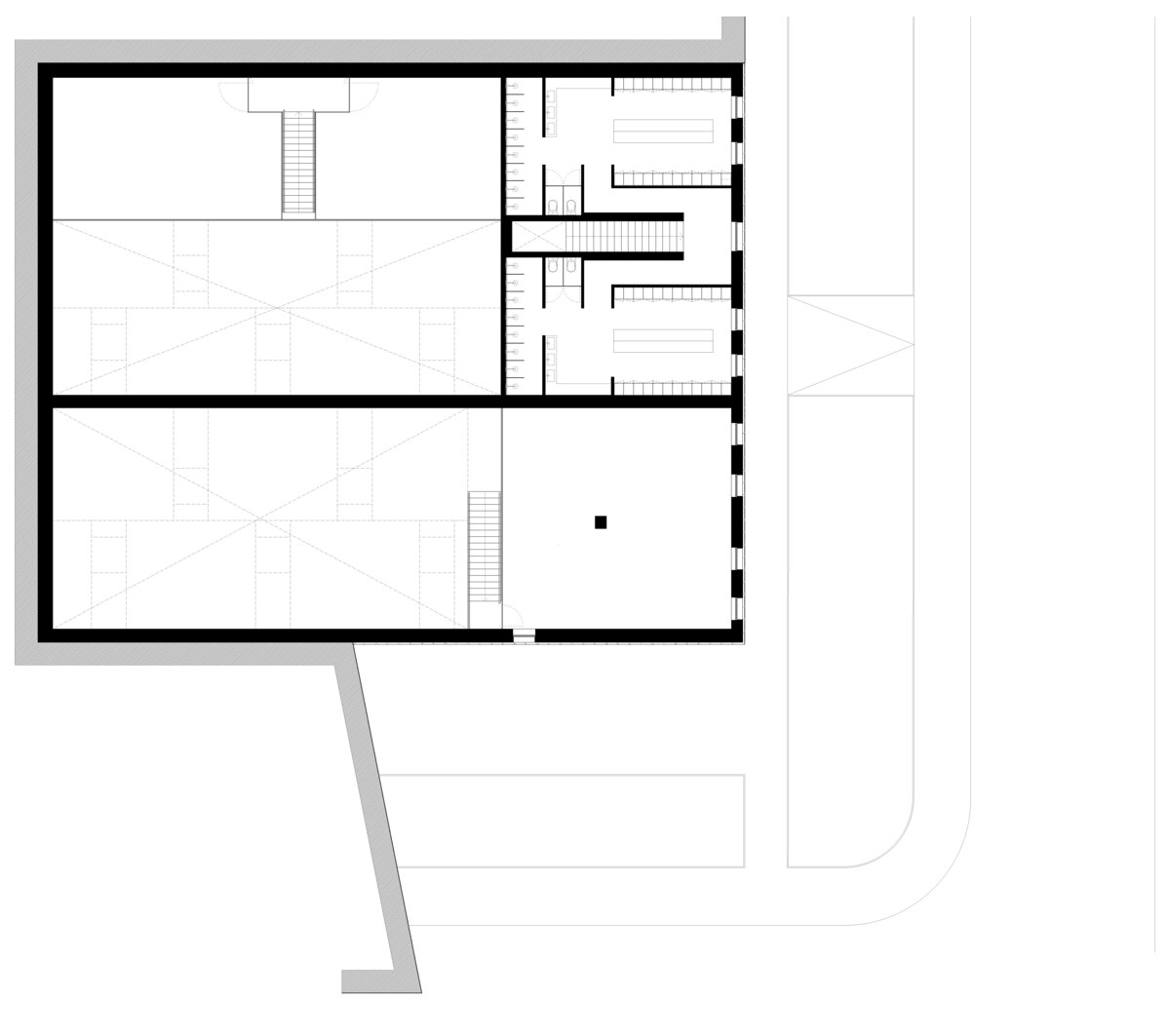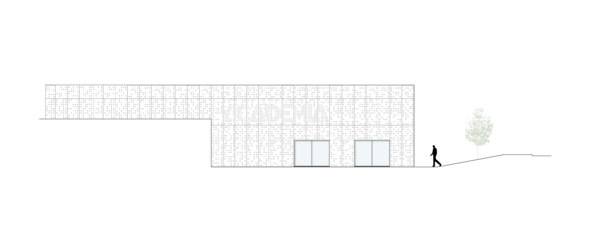SPORTS HALL IN ESPINHO
Project details
- City
- Espinho
- Project Type
- New Construction
- Building Type
- Hotel
- Application Type
- Facade
- Architect
- STUDIOWORKERS, José and Isabel Machado, Espinho, Portugal
- Photographer
- Ivo Tavares
Project description
Districts consisting solely of industrial buildings have long had an identity problem: large-scale, monotonous factory sheds make it difficult to give a place a face of its own. How can a sports hall ensure that its users identify with the building?
The architects approached a solution to this question from two sides: they worked out a schedule of accommodation that did not consist just of sports facilities alone but also included a bar. From the central entrance area, the visitor is able to look into the sports hall. This is possible thanks to the open floor plan and the full height glazing used for partition walls. What initially might seem to be a flat-roofed building in fact has very gently pitched roofs that shape the character of the interior and recall the industrial buildings that once stood here. Rooflights provide the building with sufficient daylight, members have their own private area, but casual visitors can also exercise here at any time.
This approach allowed a meeting place where anyone can spend time in surroundings that are largely industrial. To assert itself in this tough environment the building also needed its own distinctive face. The second approach to finding a new identity was by means of the building’s exterior. The clear simple cube was to be recognisable as such, while still suggesting the fundamental accessibility on which the design is based. For this goal white, through-coloured fibre cement panels were ideal. They can be relatively easily perforated with different patterns. Using holes of different sizes complex patterns or, as here, the name of the building – “Academia 20” – can be easily punched in the panels.
On a rectangular floor plan all the functions could be accommodated on two floors. On the east front a recessed area, one of only three openings in the building that are actually visible, indicates the entrance. So as not to detract from the impression of a clear cube, the windows are covered by perforated fibre cement panels. The perforation of the facade therefore assumes an important role, allowing an unusual piece of architecture to be made in an unremarkable area of the city.
Like in the interior, the panels of fibre cement are pure white in colour. For the perforations and the pattern of the joints, it was very important that the fibre cement panels be through-coloured to avoid creating conspicuous edges around the circular holes.

Published in A+D 55, Spring 2021

